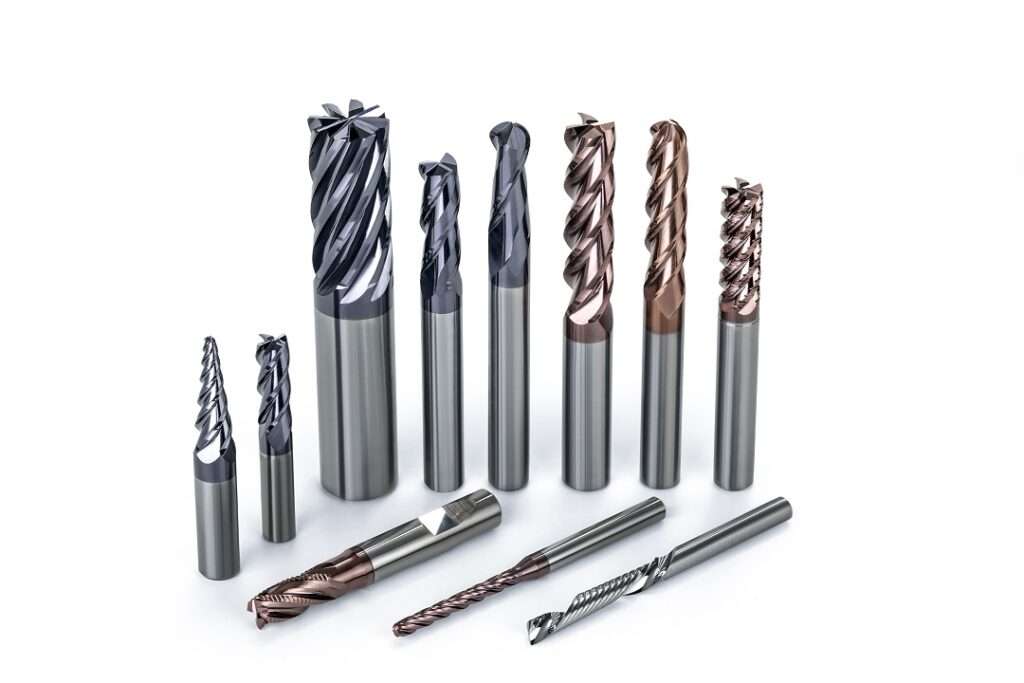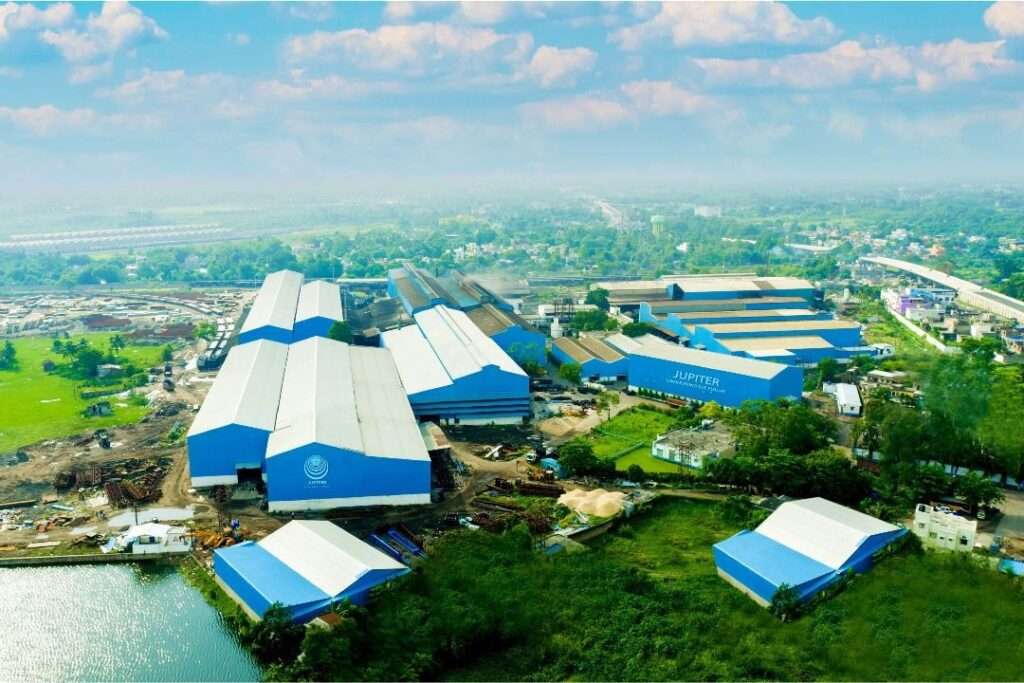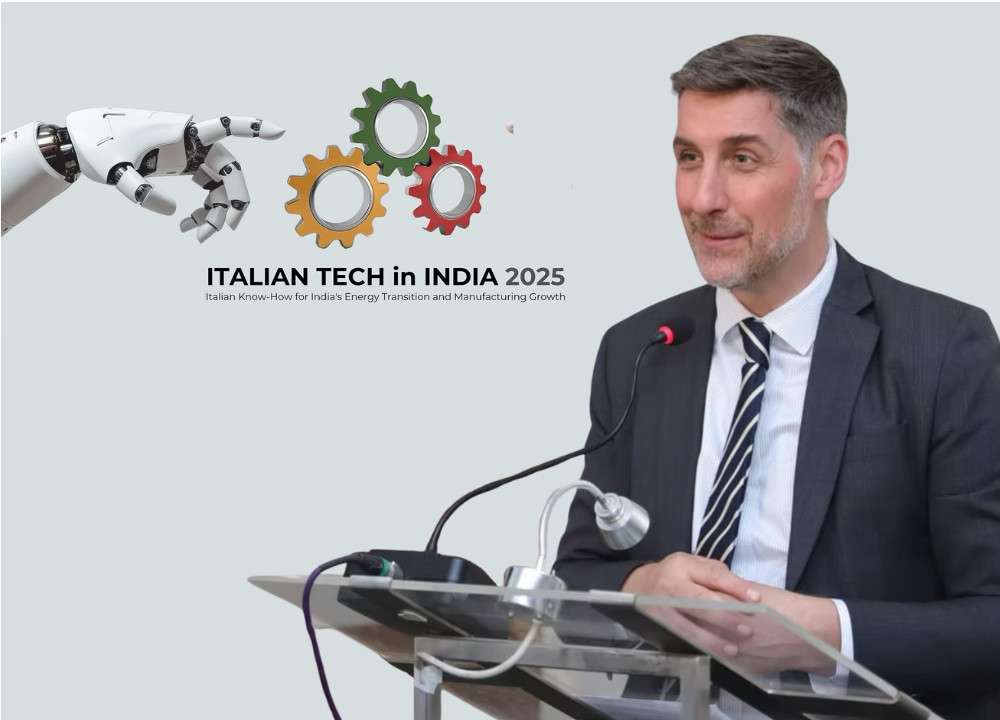In the manufacturing industry, there’s a common narrative—when a son steps into his father’s business, it’s seen as a natural progression, an expected legacy. But when a daughter takes the same path, it often comes with skepticism, as if she’s merely continuing something handed to her rather than carving her own journey. “I’ve heard these comments countless times—“Papa has a business, so the daughter will come.”, said Asmita HIrve, Marketing Director, Asmita Engineering. Yet, stepping into Asmita Engineering was never about just continuing a legacy—it was about shaping it, evolving it, and proving that passion, vision, and leadership are not defined by gender but by capability.
Machines as Childhood Fascination
Asmita Jadhav Hirve works as a Marketing Director in Asmita Engineering Equipments which was established by Amol Jadhav, father of Asmita in 1996. Growing up in an environment filled with engineering blueprints and intricate machine designs, Asmita was naturally drawn toward the world of manufacturing. She witnessed firsthand the dedication and expertise that went into designing high-precision material handling equipment, which initiated her passion for the field.
Asmita shares her love for mechanical engineering, “I chose mechanical engineering because of my early experiences working at my father’s company during festivals. I was always fascinated by the machines, components, and how they worked, especially the lathe machine with its bars and mechanisms. My parents gave me the option to pursue software, which they saw as an easier career path, but I wasn’t sure if I could be as passionate about it. On the shop floor, I felt completely at home—everything felt familiar and safe, never intimidating. The environment was welcoming, and my curiosity kept growing as I watched machines in action. It was an exciting and engaging place to be, and I knew this was where I belonged.”
She has worked at Patange Industries Private Limited as a trainee for 3 months, and mechanical engineering intern in Shree Systems Private Limited, before joining her father’s business.
Asmita completed her mechanical engineering from MIT. During her mechanical engineering studies, with only a handful of female peers- 50 males and 5 females in the class, she faced intense challenges in workshop sessions, enduring long hours in extreme heat while working with lathe machines and furnaces. The physically demanding environment was even tougher for women, especially during periods, leading to exhaustion and fainting. This was often met with ridicule in the male-dominated field. “We would be made fun of like why you have come to this industry”, said Asmita.
Overcoming Challenges in a Male-Dominated Industry
When Asmita joined the family business, there were no existing facilities for women at the workplace, symbolizing the larger issue of gender disparity in manufacturing. Rather than being demotivated, she saw this as an opportunity to bring about change. “There was no separate restroom for women and there was a plate and a broken door and unused toilet. So, I used to just have a lock and key and use that. And initially it was in a small shed”, she shares her initial journey of working in the shopfloor.

She started by restructuring operations within the company. The lack of systematic procurement processes led to inefficiencies, so she introduced structured purchasing and inventory management systems, ensuring transparency and cost-effectiveness. “One of the weakest departments was the Purchase Department. So, literally everybody would just verbally give orders to the vendors. They would send it to urgency and pricing and order would come later, like if it’s 50 rupees, they put 80 rupees. There was nothing about the pricing. So, I focused on the purchase order system”- she recalls. Resistance was inevitable, especially from senior employees who were accustomed to traditional practices. Her firm yet diplomatic approach gradually earned their trust.
Returning to manufacturing after maternity leave, Asmita faced emotional and physical struggles, balancing motherhood and work. Initially overwhelming, she persevered and has now successfully learned to manage both roles with resilience. She also faces challenges as a married woman where would feel conflicted between her duties as a daughter-in-law and a working woman. She says- “I often felt conflicted, trying to meet my in-laws’ expectations while giving my best at work. The constant pressure left me feeling frustrated. Over time, I learned to set boundaries and communicate my needs more effectively. Though it wasn’t easy, I grew more confident in balancing my career and family, realizing that I deserved respect and support in both roles”.
Driving Inclusivity and Innovation
Asmita’s leadership goes beyond business growth; she is a staunch advocate for gender inclusivity in manufacturing. Under her guidance, Asmita Engineering now employs women across various departments, including design, sales, and finance. Her vision is to create an ecosystem where women feel encouraged to explore careers in manufacturing, breaking the stereotypes associated with the industry.
She firmly believes that manufacturing is evolving, with automation and robotics playing a crucial role. This transformation makes it more accessible for women to contribute significantly without being constrained by outdated perceptions of physical labor requirements.
A Message for Aspiring Women Engineers
Asmita’s journey aligns with the spirit of ‘Accelerate Action’, the theme for International Women’s Day 2025. Her story is a testament to the power of perseverance and proactive change. she urges women to explore opportunities in India’s evolving manufacturing sector and highlights how women bring innovation, boost productivity, and foster inclusivity. Encouraging equal representation, she emphasizes that manufacturing offers growth, empowerment, and a chance to reshape industry norms, inspiring future generations to break barriers.
Her advice to aspiring female engineers is clear: “Embrace the challenges, push the boundaries, and claim your space. The industry needs your perspective, creativity, and leadership.”








